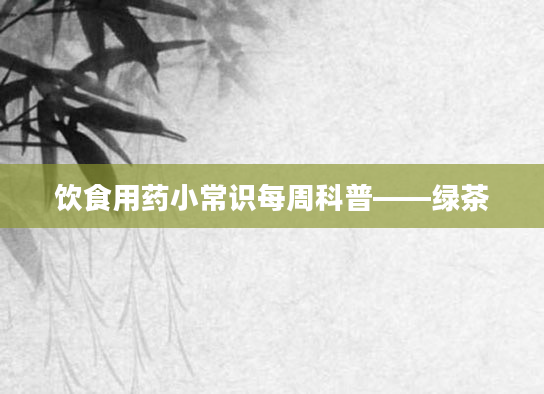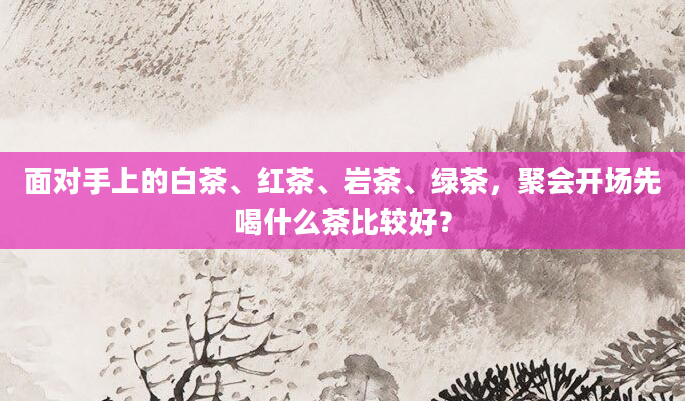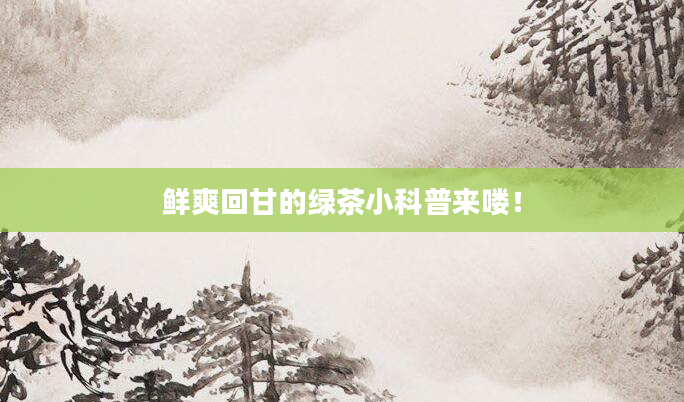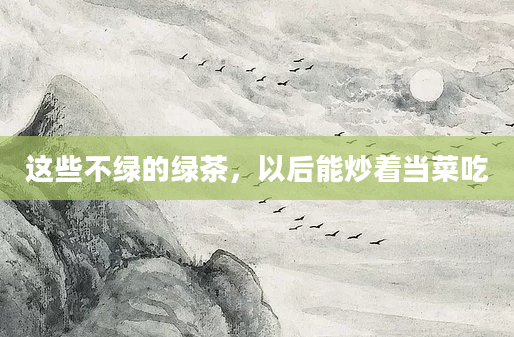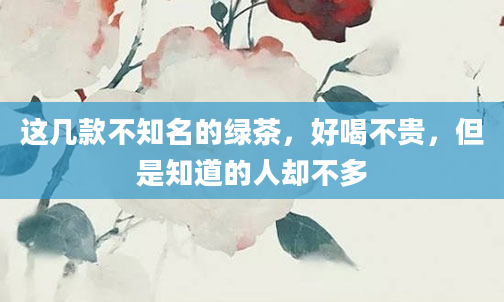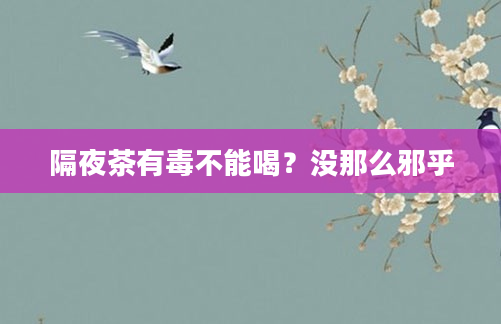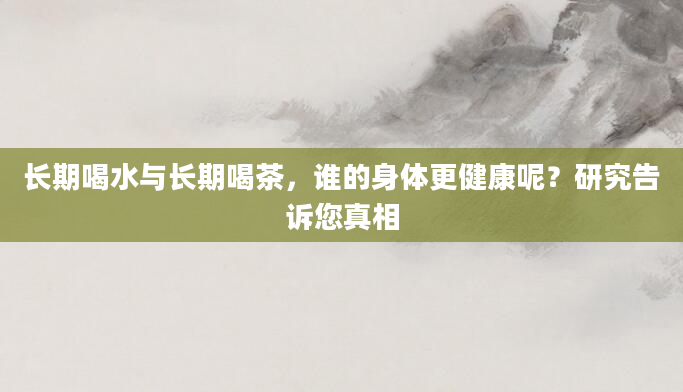Tea Culture: A Historical Development

Tea culture is an integral part of global traditions, reflecting centuries of history, rituals, and social practices. Originating in ancient China, tea has transcended borders, influencing diverse societies worldwide. This article explores the historical evolution of tea culture and its significance across different civilizations.
The Origins of Tea Culture
The history of tea dates back over 5,000 years to ancient China. According to legend, Emperor Shen Nong discovered tea accidentally when tea leaves fell into his boiling water. Appreciating its refreshing taste and medicinal properties, he promoted its consumption. By the Tang Dynasty (618–907 CE), tea-drinking became widespread, and Lu Yu’s "The Classic of Tea" (《茶经》) documented cultivation techniques and brewing methods.
During the Song Dynasty (960–1279 CE), tea evolved into an art form, with powdered tea (matcha) becoming popular. Elaborate tea ceremonies emerged, emphasizing aesthetics and spirituality. Monks also embraced tea for meditation, spreading its cultural significance.
The Spread of Tea Across Asia
Tea culture expanded to Japan in the 9th century through Buddhist monks returning from China. The Japanese refined tea ceremonies into "chanoyu," blending Zen philosophy with ritualistic preparation. Meanwhile, Korea adopted tea customs, integrating Confucian values into its tea traditions.
In Southeast Asia, tea became ingrained in daily life, with strong black teas dominating regions like Myanmar and Indonesia. Each culture developed unique brewing methods, reflecting local preferences.
Tea’s Journey to the West
European encounters with tea began in the 16th century through Portuguese and Dutch traders. By the 17th century, Britain embraced tea enthusiastically, transforming it into a national beverage. The British East India Company monopolized trade, leading to global tea cultivation. Sugar and milk were added to tea, creating distinctive blends like English Breakfast.
The demand for tea influenced colonial expansion, sparking historical events such as the Boston Tea Party (1773), which fueled America's independence movement. Russia also developed tea traditions via the Silk Road, giving rise to the samovar brewing method.
Modern Tea Culture
Today, tea remains a cornerstone of social life worldwide. China and Japan preserve ancient ceremonies, while Western cultures favor casual tea-drinking. Innovations like bubble tea (Taiwan) demonstrate tea’s adaptability. Health-conscious consumers embrace green and herbal teas for wellness benefits.
The rise of specialty teas and fair-trade movements reflects growing ethical awareness. Tea tourism also flourishes, with enthusiasts visiting plantations in India, Sri Lanka, and Kenya.
Conclusion
Tea culture exemplifies humanity’s shared heritage, adapting across eras while retaining its essence. From Chinese emperors to British aristocrats, tea rituals symbolize unity and refinement. As globalization continues, tea’s legacy thrives, blending tradition with contemporary trends.
This exploration of tea’s historical development highlights its enduring impact—bridging continents, generations, and philosophies through a simple yet profound beverage.
(Word count: 497)

